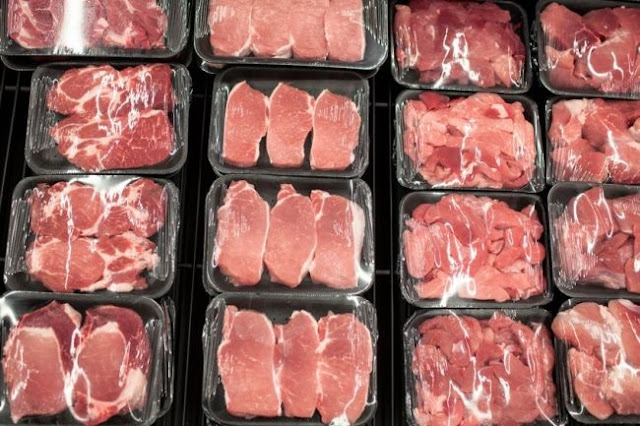"World Food Day," "climate crisis, change of diet in G20 countries first."
Oct. 16 is the "World Food Day" set by the FAO. As interest in the global environment has increased since the spread of new coronavirus infections (Corona 19), changing the diet to cope with the climate crisis has become more important this year. The study also draws attention to the urgent need to change the diet of the Group of 20 major countries.
According to the Norwegian non-profit organization EAT's "Eating Habits for a Better Future" (2020), the G20 countries account for 75 percent of the world's food-related greenhouse gas emissions, based on an analysis of dietary habits, health and climate change causality. The conclusion is that in order to reduce greenhouse gas emissions in order to achieve the goals of the Paris Convention, a change in the diet of the G20 countries should be made first.
"If the G20 countries, which occupy a huge position in the global food system, increase their consumption of fruits, vegetables, beans and nuts, and reduce consumption of meat and dairy products, they can reduce the current cost of reducing greenhouse gas emissions by up to 40 percent," said Dr. Brent Loken, the lead author of the report. "Most of the G20 countries eat too much dairy and red meat, and these eating habits are harming the climate, health and overall part of the economy," he pointed out. In the study, 27 member states of the United States and the European Union showed relatively low levels of vegetables, grains and nuts, and a diet heavily dependent on dairy and beef. Australia, Argentina, Canada and France have the highest per capita food gree
nhouse gas emissions.
The report expressed concern that one to 7.42 more Earths would be needed if the eating habits of the G20 countries were maintained. The limit that the earth can afford has been set as the goal of the Paris Climate Agreement (the average global temperature increase compared to the pre-industrial level is less than 1.5 degrees Celsius), which is set to take effect in 2021. According to the researchers, if the world consumes food according to the eating habits of the United States or Brazil, it will need 5.6 and 5.2 Earths to produce that amount of food by 2050. Argentina needs 7.42 more. South Korea, which has seen a surge in meat consumption, also needs 2.3 more Earths as it exceeds the global capacity. On the other hand, only India (0.8) and Indonesia (0.9) consume food within the limits the Earth can afford by 2050.
The number of Earths needed to expand a country's average food consumption worldwide [data=EAT's "Eating Habits for a Better Future" report (2020)
Changes in the diet of the G20 countries are also linked to food problems around the world. Analysts say that in order to further increase food production in countries where food supply is still unstable, G20 countries need to reduce their carbon emissions. The researchers argued that because the Earth has a limited capacity to withstand food greenhouse gas emissions, G20 countries need to reduce emissions in order to increase emissions from underdeveloped countries. Dr. Brent Rocken said, "Since we cannot reduce greenhouse gas emissions in food to zero, we need to reduce emissions in rich countries and increase some countries that lack food." He then stressed, "It is not easy to change the consumption pattern of food, but it is something that each country should step up through the global agenda."






Comments
Post a Comment